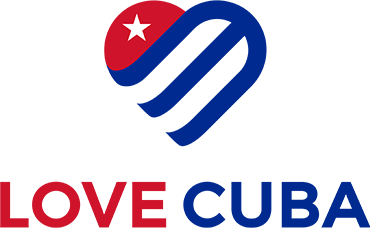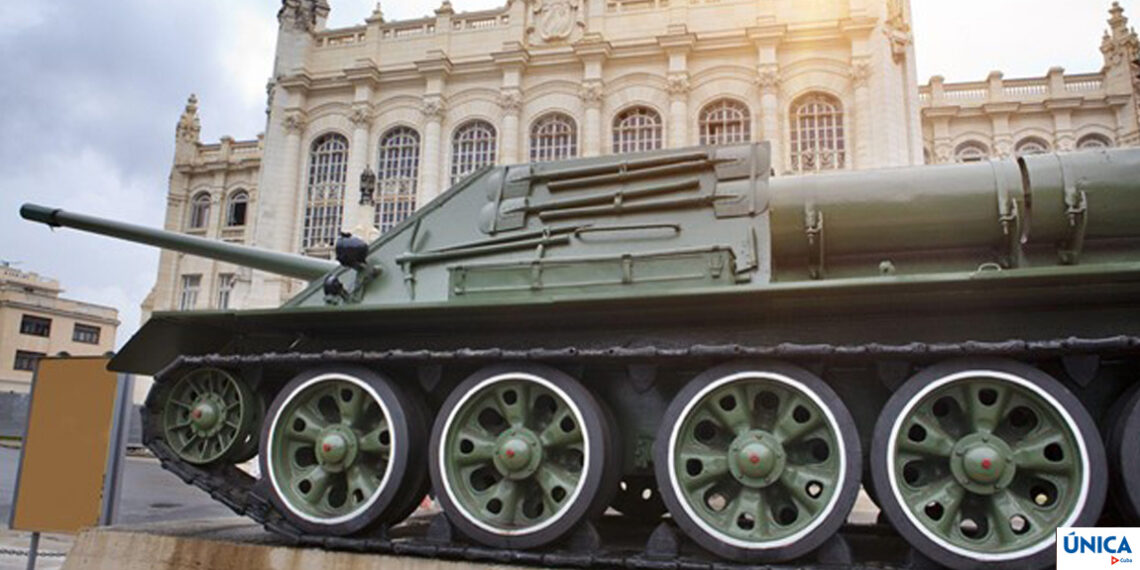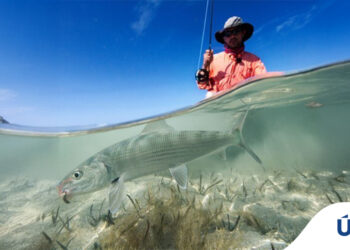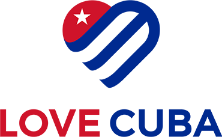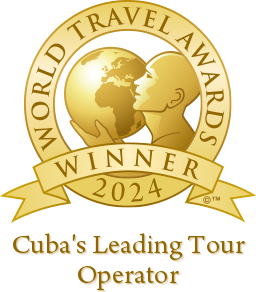As you plan your next vacation to the beautiful island of Cuba, it’s essential to understand the intriguing history that has shaped this unique country. From its indigenous beginnings to its tumultuous relationship with the United States, Cuba’s past is filled with fascinating events that have made it the vibrant destination it is today.
About Cuba
Cuba is an archipelago consisting of one main island and several smaller ones, located at the northern rim of the Caribbean Sea, just south of Florida and the Bahamas. The island stretches approximately 1,200 kilometres from east to west and is about 150 kilometres wide at its widest point. Its diverse landscape includes mountains, plains, and wetlands, with the Sierra Maestra mountain range in the southeast being the highest and most rugged area.
As the largest island in the Caribbean, Cuba has a rich history that has shaped its unique culture, politics, and economy. Its strategic location has made it a focal point for European colonisation and Cold War tensions. Despite these challenges, Cuba has maintained its distinct identity and has become a symbol of resistance and self-determination for many people around the world.
Cuba’s Indigenous Beginnings

Before the arrival of Europeans, Cuba was inhabited by the indigenous Taínos, Ciboneys, and Guanajatabeyes groups. These early inhabitants lived off the land, developing their own unique culture and traditions.
Many archaeological remains can be found in Cuba’s first city — Baracoa, and the nearby El Yunque mountain in Guantanamo Province. Cuevas del Paraíso Archaeological Museum is a cave museum you can visit there to get a taste of the daily life of the indigenous Taíno civilisation.
Spanish Colonization
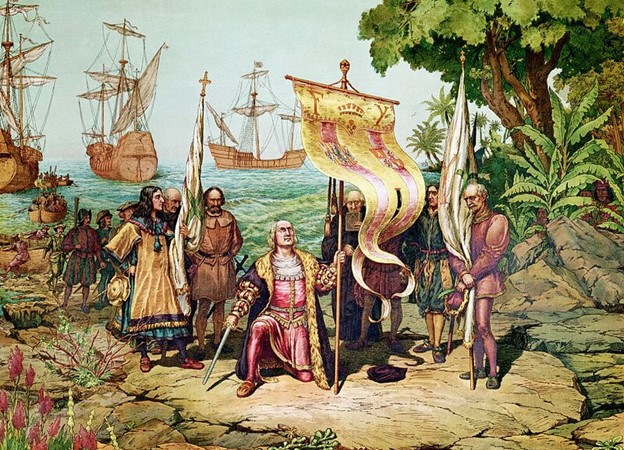
In 1492, Christopher Columbus arrived in Cuba and claimed the territory for Spain. Spanish colonisation began in 1511 under Diego Velázquez, who established settlements and colonised the island. Havana, founded in 1515, became a common transit point to and from Spain due to its excellent harbour.
The introduction of the sugar trade in 1523 would eventually become Cuba’s largest crop and a significant part of its economy. To meet the global demand for sugar, Spain began importing enslaved people from Africa to work on the plantations. This reliance on a single crop made Cuba’s economy highly volatile and dependent on world prices.
Cuban Independence Movement

Dissatisfied with Spanish rule, Cubans in the eastern provinces united under the wealthy planter Carlos Manuel de Céspedes, whose declaration of independence in October 1868 marked the beginning of the Ten Years’ War. This nationalist uprising against Spanish rule aimed to achieve economic and political independence, as well as the immediate abolition of slavery and greater political power for the common person. Although the Ten Years’ War was ultimately unsuccessful, it set the stage for Cuba’s eventual independence.
The Cuban Revolution

In 1959, Fidel Castro and a group of revolutionaries seized power in Havana, overthrowing the U.S.-backed government of Fulgencio Batista. This marked the beginning of a socialist political system in Cuba, which has existed ever since. The United States, alarmed by the new regime’s ties to the Soviet Union, began imposing economic penalties and eventually instituted a full economic embargo, including stringent travel restrictions.
Cuban Missile Crisis
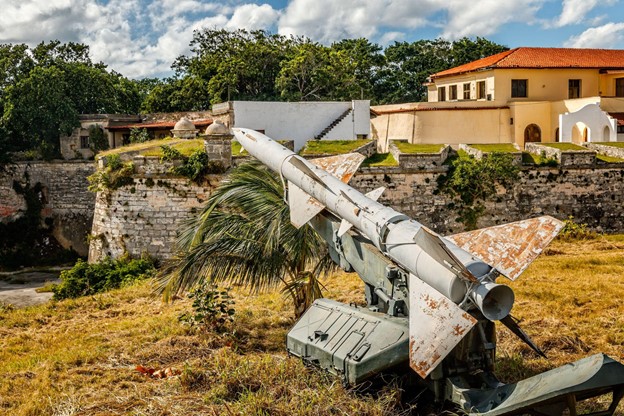
In 1962, the world came dangerously close to nuclear war during the Cuban Missile Crisis. The crisis marked the climax of an acutely antagonistic period in U.S.-Soviet relations and played an essential role in Khrushchev’s fall from power in 1964.
Post-Soviet Era
The fall of the USSR in 1991 left Cuba in an economic crisis and increasingly vulnerable to hostility from the United States. Cuba’s economy, which had been heavily reliant on the Soviet Union, experienced an adjustment as trade with the former Soviet Union decreased.
Today, Cuba’s economy still relies on some of its historic exports, with tobacco and sugar accounting for roughly 30% of foreign exchange earnings. Tourism, medical services, and the export of healthcare services also play a significant role in the country’s economy.
Exploring Cuba’s History Today
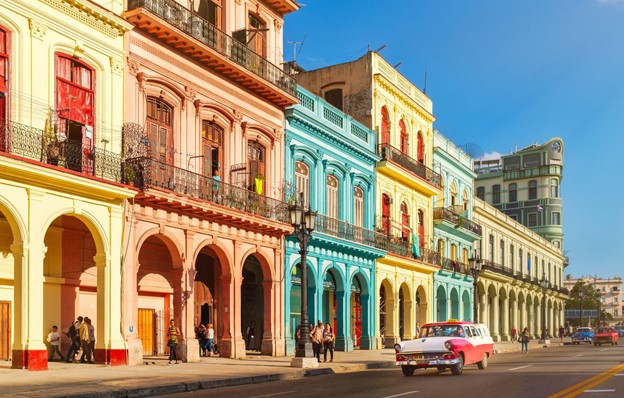
Today, you can explore Cuba’s history in real life at many of its historical sites listed below.
1. Old Havana: A UNESCO World Heritage site, this area is home to stunning colonial architecture, cobblestone streets, and numerous museums. Key sites include the Plaza de Armas, the Castillo de la Real Fuerza, and the Catedral de San Cristóbal de la Habana.
2. Museum of the Revolution: Located in Havana, the Museum of the Revolution is housed in the former Presidential Palace. The museum is dedicated to the history of the Cuban Revolution and features exhibits of key figures such as Fidel Castro, Che Guevara, and Camilo Cienfuegos.
3. Bay of Pigs: The site of the failed 1961 invasion by US-backed Cuban exiles is an important location in Cuba’s modern history. Travellers can visit the Playa Girón Museum, which documents the events of the invasion and its aftermath.
4. Trinidad: Another UNESCO World Heritage site, Trinidad is a beautifully preserved colonial town that offers a glimpse into Cuba’s past. Founded in 1514, Trinidad is known for its colourful buildings, cobblestone streets, and historic churches. The town’s main square, Plaza Mayor, is surrounded by several important sites, including the Museo Histórico Municipal, which showcases the history of Trinidad and the surrounding region.
5. Santiago de Cuba: This city played a crucial role in the Cuban Revolution, with Fidel Castro launching his attack on the Moncada Barracks in 1953. Visitors can explore the Moncada Barracks, now a museum, as well as the Santa Ifigenia Cemetery, where both Fidel Castro and national hero José Martí are buried.
6. Baracoa: Founded in 1511, Baracoa is the oldest Spanish settlement in Cuba and offers a unique insight into the island’s early history. Travellers can visit the Catedral de Nuestra Señora de la Asunción, which houses the Cruz de la Parra, a wooden cross believed to have been planted by Christopher Columbus during his first voyage to the Americas.
Final thoughts
As you explore the streets of Havana, visit the sugar plantations, or relax on the beautiful beaches, take a moment to appreciate the incredible journey this island nation has taken to become the destination it is today. And as you interact with the warm and welcoming Cuban people, you’ll undoubtedly feel the spirit of resilience and determination that has shaped their history.
Love Cuba is the UK’s leading Cuba holiday specialist. Click here for more info on Cuba holidays, Multi Centre Cuba Holidays or Tailor Made Cuba Holidays please don’t hesitate to contact our friendly team of Cuba holiday specialists on 0207 071 3636 or email enquiries@lovecuba.com


